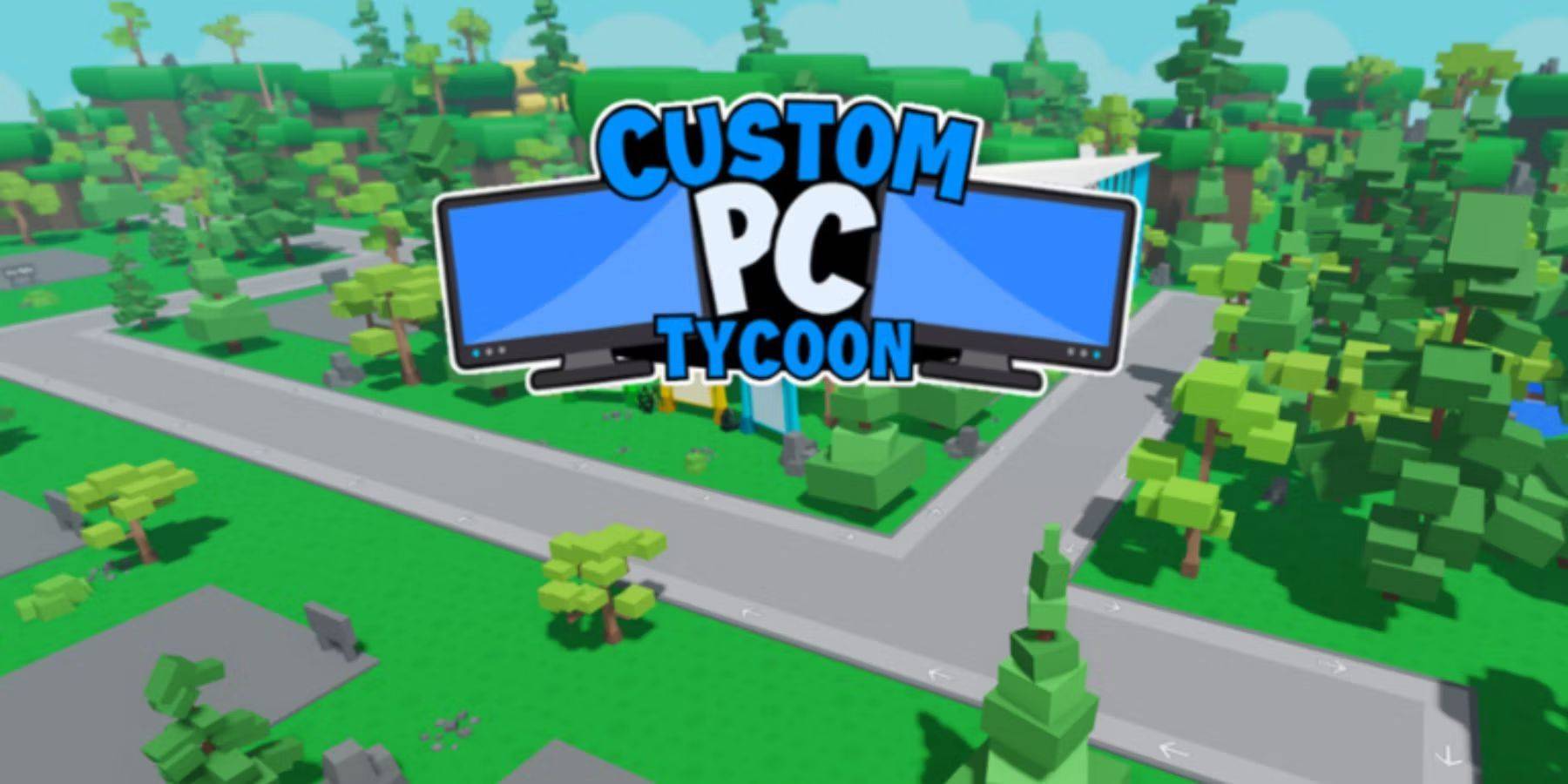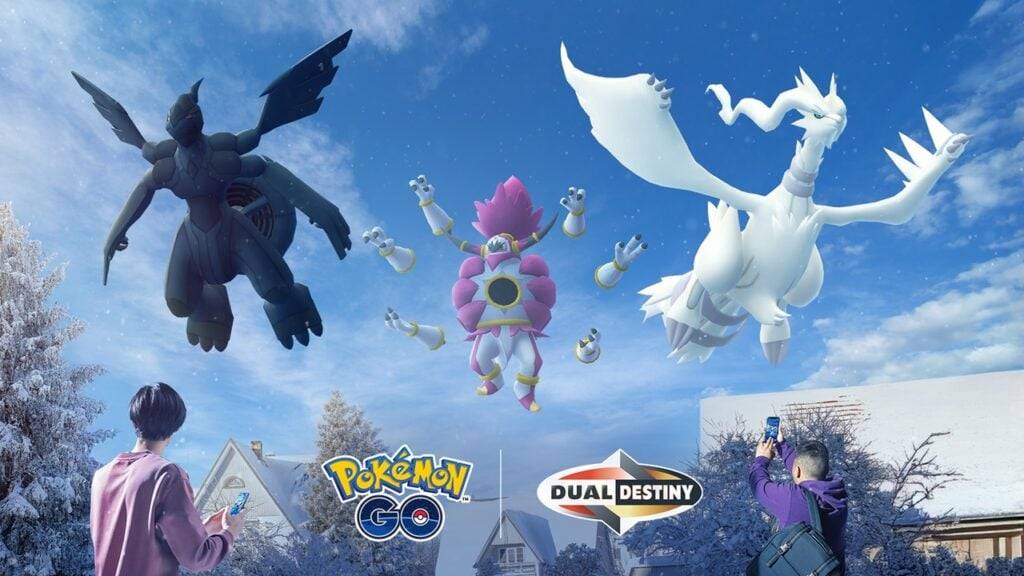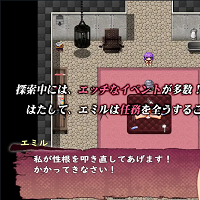The evolution of horror games presents a constant challenge: how to consistently generate tension and fear. Familiar mechanics become predictable, and a game's success hinges on its design, narrative, and storyline. While innovative horror experiences are rare, some stand out as exceptional examples of a genre we'll call "meta-horror."
Meta-horror, defined by its fourth-wall breaking, directly engages the player, not just the game's world and characters. This interaction elevates the game beyond typical horror, creating a truly memorable experience. If you've played (or watched playthroughs of) the games discussed below, you'll likely understand the sense of intrigue and astonishment they evoke.
Early examples like Psycho Mantis in Metal Gear Solid, while groundbreaking in 1998 for its controller manipulation and personalized interactions, are now relatively commonplace. Games like Deadpool, Detroit: Become Human, and Nier Automata have since utilized similar techniques, but often to a lesser extent. Breaking the fourth wall, unless cleverly integrated into the gameplay, often remains a superficial gimmick.
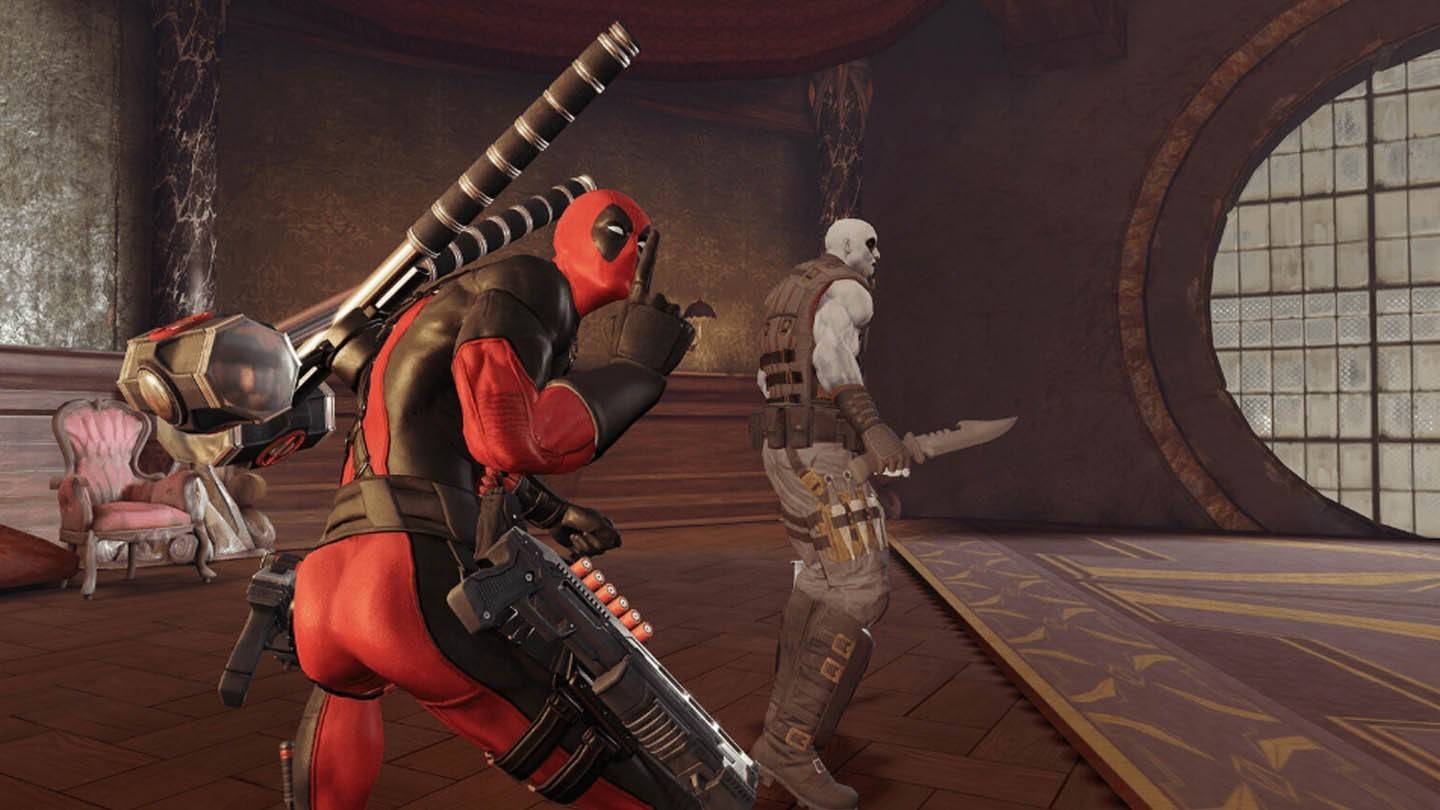
Recent titles like Miside, while categorized as having "elements of meta-horror," primarily focus on player interaction within a complex "game within a game" structure. This warrants further discussion in the future.
Let's explore some notable meta-horror games:
Doki Doki Literature Club!
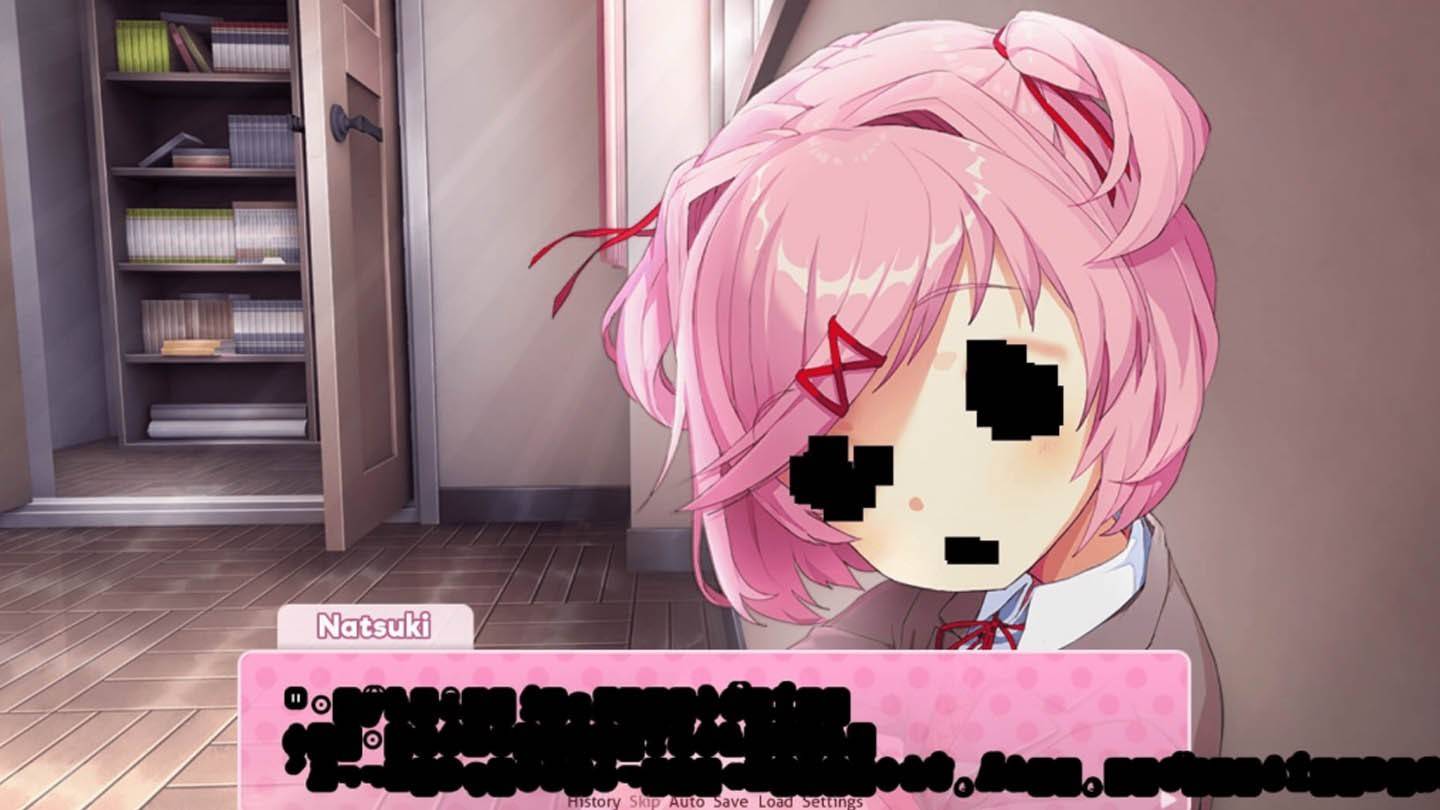
This 2017 visual novel initially presents as a charming romantic comedy, but quickly takes a dark, meta-horror turn. The interaction goes beyond simple address; the game accesses your system username and creates files, integrating OS interaction into both the narrative and gameplay. While not entirely original, DDLC popularized this style, leaving fans eagerly anticipating future projects.
OneShot
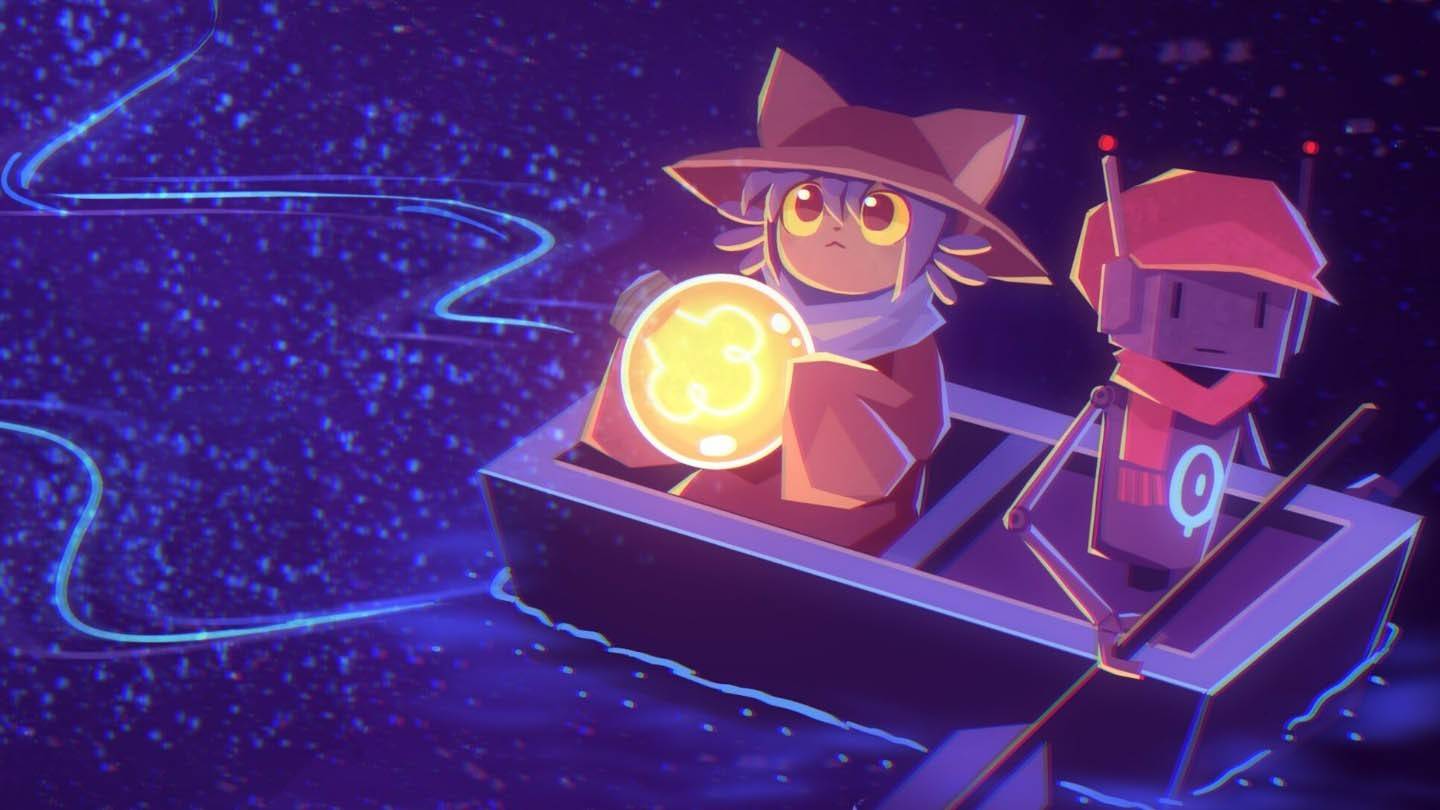
This RPG Maker adventure pushes the boundaries even further. While not explicitly marketed as horror, it incorporates unsettling elements. The game directly addresses the player through system windows, creates files, and alters its own title—all integral parts of the puzzle-solving experience. Unlike DDLC, OneShot fully integrates these interactions for a truly engaging experience. For many, including myself, it was a first introduction to this style of horror, leaving a lasting impression. Experience it firsthand; reading about it won't do it justice.
IMSCARED

IMSCARED is arguably the pinnacle of meta-horror. Its inclusion here isn't an afterthought; it's the reason for this article's existence.
While some might consider these games "viruses" due to their system access and file manipulation, reputable meta-horror games are not malicious. However, caution is advised against potentially harmful programs disguised as games.
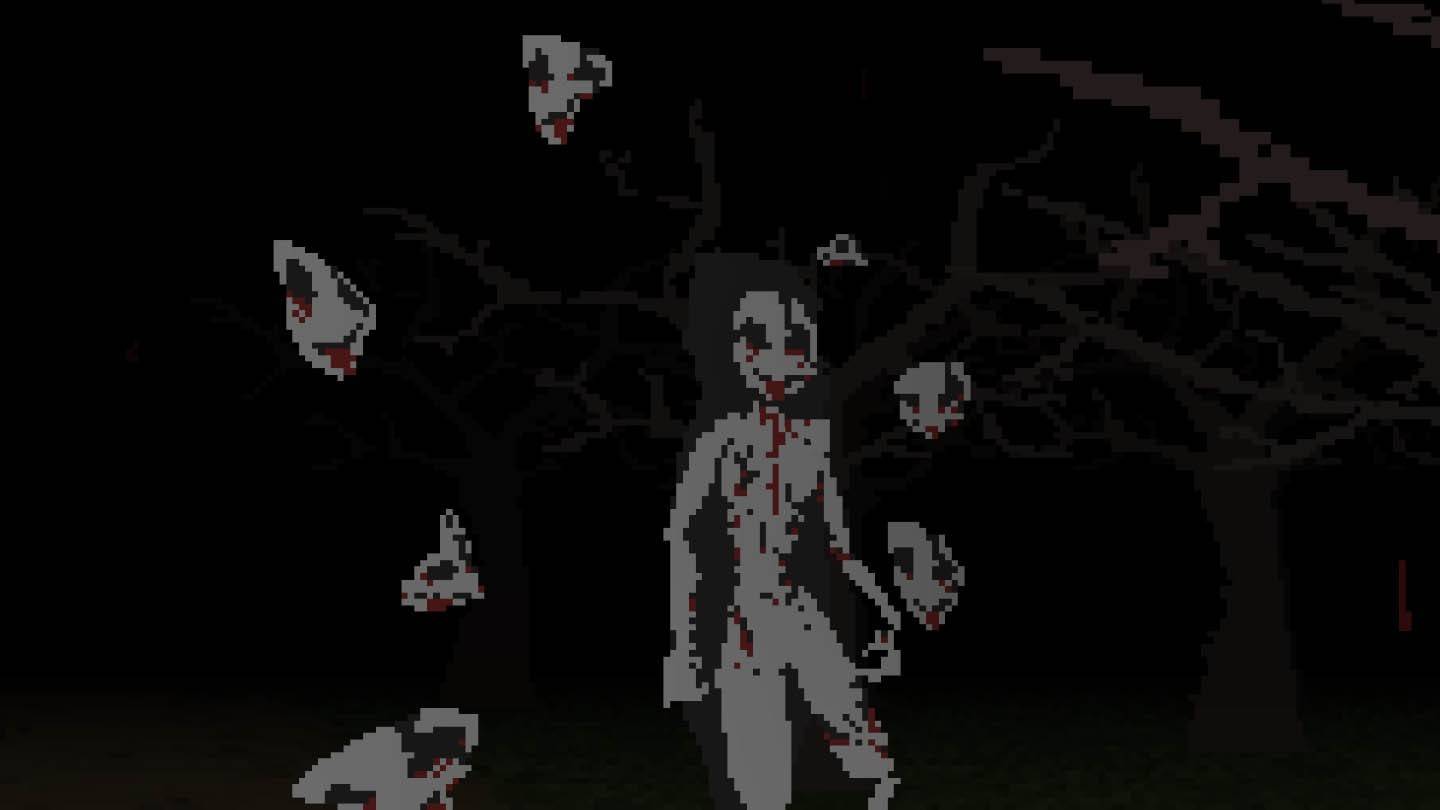
IMSCARED explicitly states its harmless nature upon launch, addressing potential antivirus flags. However, the experience is extraordinary. It presents itself not as a game, but as a self-aware entity—a virus interacting with you. This concept drives the gameplay, manipulating the player through crashes, window minimization, cursor control, and file creation (both helpful and disruptive). Released in 2012 and updated through 2025, it remains a chilling experience. The frustration caused by crashes and interruptions is a key part of the terrifying experience, going beyond mere visuals to directly interact with your system.
Conclusion
Many games utilize similar techniques, but few master them as effectively as those mentioned. Meta-horror offers a unique and unsettling experience. I highly recommend trying at least one. If visual novels aren't your preference, OneShot or IMSCARED are excellent starting points. For those who enjoy randomness and survival elements, Voices of the Void provides another compelling option.

 Latest Downloads
Latest Downloads
 Downlaod
Downlaod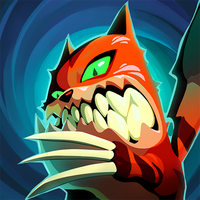




 Top News
Top News